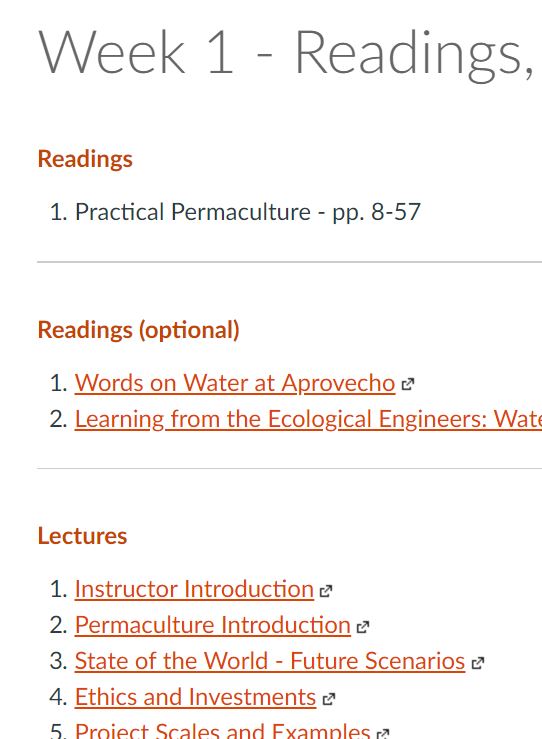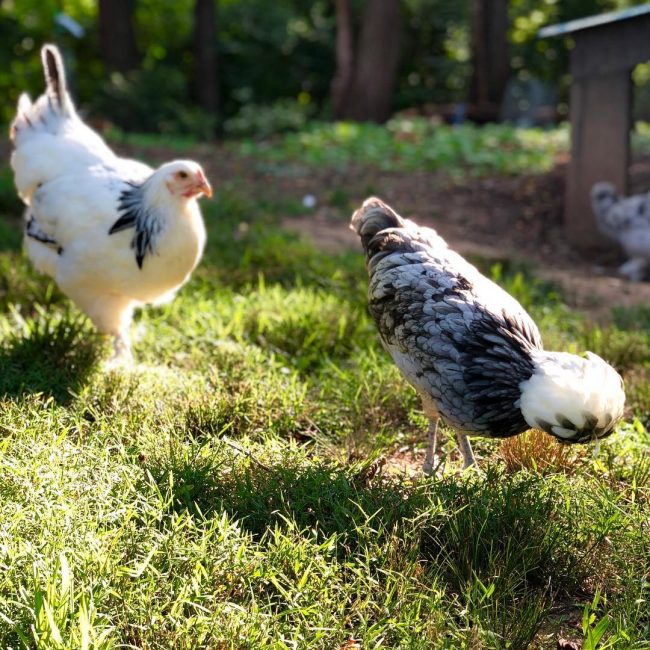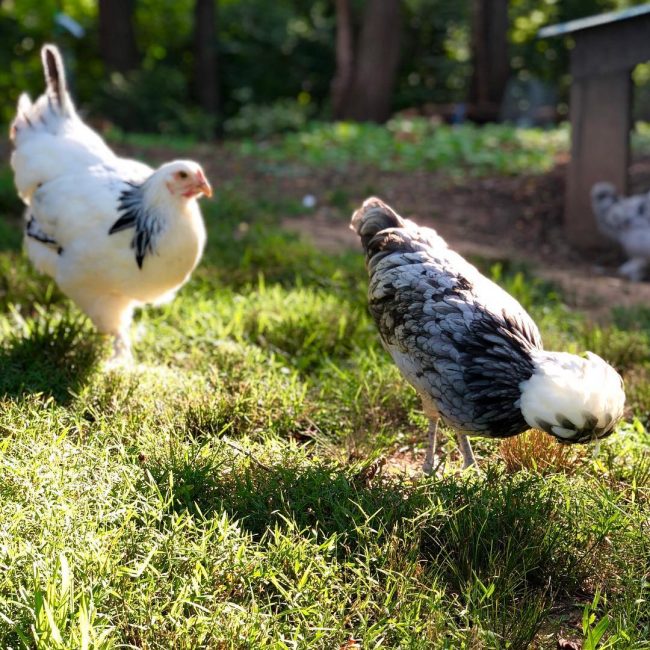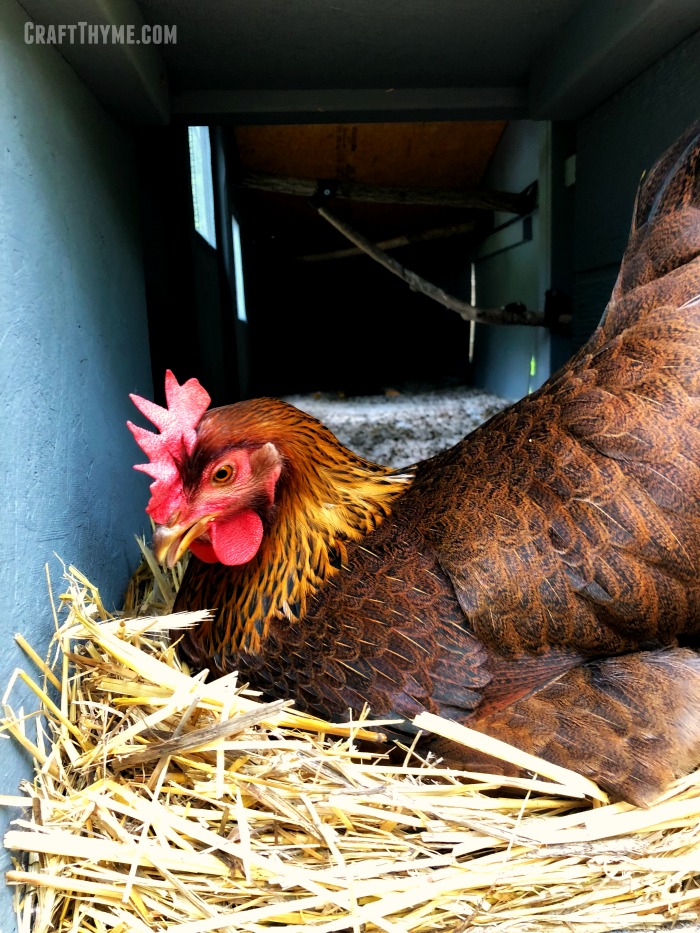
If you have been following along with our website then you will know that I (Brianna) have started taking my Online Permaculture Design Certificate (PDC) through Oregon State this week. Boy what a week… I chose this course because it was accredited through the North American Permaculture Institute and it looked like a thorough Permaculture Design Certificate course. The instructor was well regarded and the course work went well above the 72 hour minimum. And Oh. Yes. It. Will. go past that minimum…
Week one started with an overview of the course and structure itself. They had a unique suggestion for storing all your designs as slides so you have a final presentation when the course is complete. Then right into the readings, lectures, supplemental readings/lectures, quiz, and homework. Yeah, all the things just like a regular course. If you were thinking this was just going to be a gimmee /”fun” course think again. It is going to take well more than 10 hours a week to finish all the work.
Online Permaculture Design Certificate Week 1
Week one of the online Permaculture Design Certificate covered topics such as, but trust me, not limited to:
- Permaculture Principals
- Permaculture History
- Watershed
- Deforestation impacts
- Beavers
- Site Mapping
- Topography
- Core General Model
- Contour Maps
And much, much more. The quiz was lengthy and NOT multiple choice :( . I had to write a paragraph for each question and actually look up some of the answers. However, it WAS open book for anyone panicking when I said quiz.

After that I set into the real meat of the course introducing my chosen site for my 10 week design. We will be selecting a single site and working on a complete permaculture design for the rest of the course. When I am done, I should have an entire presentation, maps, and proposal for my chosen site.
Since, I have already done our home I decided to work on a friends’ property (I am sure I will tweak ours). They purchased the .41 acre property almost a year ago. Just a 10 minute drive to Asheville, if feels urban enough, but without the tiny yards and ridiculous prices. They have graciously allowed me access to the property for the course and agreed to act as my clients. I am hoping to design something they might implement in the coming years, but if not, that is totally okay too!
On that note, I immediately found that I picked a bitch an unusual site when I started the first part of my homework. Watershed mapping… Guess whose property is directly in the center of two watersheds… This one… So extra mapping was required.
As a side note: The property you pick needs to be accessible. Additionally you will be giving the classmates and instructors the address during this online permaculture design course. There is a good reason for this information as your classmates will be peer reviewing your work, so it is expected they will look up the general location, climate, topography, etc. So if you are cautious about privacy pick a location that is not your own.
Sprinkled through this post are some examples of the work I created this week. On the whole I am very pleased with the quality of the lectures and coursework. I hope the rest of the class is as thorough, but I am a bit stressed about getting it all done each week!
For those of you following along
- Introduction to Online Permaculture Design Course at Oregon State University
- Overview of the Online Permaculture Design Course
- PDC Week 1
- PDC Week 2
- PDC Week 3
- PDC Week 4
- PDC Week 5
- PDC Week 6
- PDC Week 7
- PDC Week 8
- PDC Week 9
- PDC Week 10
- Final Permaculture Portfolio Project























